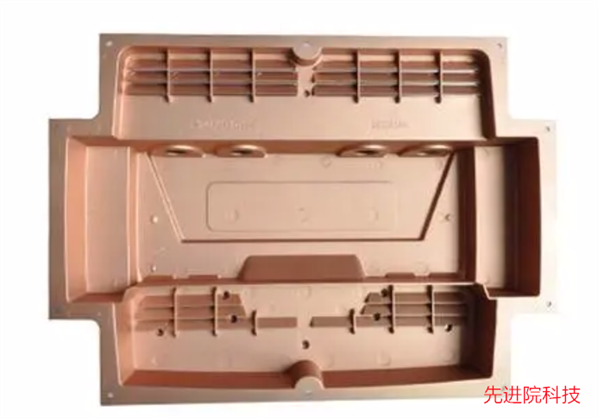In the development of modern technology, high-temperature interconnect materials play a crucial role. However, traditional interconnect materials often have a series of problems, such as bridging short circuits and mismatched thermal expansion coefficients. To address these issues, Advanced Institute Technology has introduced a new high-temperature interconnect material:
Nano copper solder pasteThis article will explore the characteristics and applications of this material, and introduce its progress and challenges in bump array interconnection.
Characteristics of Nano Copper Solder Paste
Nano copper solder paste is a high-temperature interconnect material that has the characteristics of high temperature resistance and high thermal conductivity. After low-temperature sintering, it can form a highly thermally conductive homogeneous interconnect structure. This structure not only avoids reliability issues caused by bridging short circuits and electromigration, but also solves the problem of mismatched thermal expansion coefficients in heterogeneous interconnect structures. Therefore, nano copper solder paste can meet the requirements of large-scale integrated circuit packaging and high-power device packaging for electrical and thermal transmission quality, efficient heat dissipation, and reliability.
Research achievements of advanced institute technology
Advanced Institute Technology uses micro touch adsorption method to adsorb nano copper solder paste onto the bump array, thereby achieving interconnection of the bump array. However, due to the uneven distribution of copper nanoparticles on the convex surface, there are large pore defects at the interconnect interface, and the interconnect strength is less than 10 MPa. In addition, as the pitch of the bump array decreases, the solder paste adhered to the side walls of the bumps will connect to each other, leading to short circuits between the bumps.
New Breakthroughs in Advanced Institute Technology
In response to the above issues, Advanced Institute Technology has utilized current body printing technology to transfer nano copper solder paste onto a 20 μ m bump array, achieving preliminary interconnection and packaging of the bump array. This proves the feasibility of precise transfer of nano copper solder paste using current body printing technology.
However, there are still some issues with this technology that need further optimization. Firstly, the electronic fuel injection has a large size and cannot achieve high-density interconnection. Secondly, the pollution problem in non pad areas has not been fully resolved. In addition, the uneven deposition of solder paste droplets and insufficient bonding strength are also challenges that need to be addressed.
vision of the future
Although nano copper solder paste has made significant breakthroughs in the field of bump array interconnection as a new generation of high-temperature interconnect material, there is still a need to continue optimizing the process and solving existing problems. In the future, the reduction of electronic fuel injection size, pollution control in non pad areas, and more uniform deposition of solder paste droplets will be key areas. Only by overcoming these technological challenges can nano copper solder paste unleash its maximum potential in practical applications.

Nano copper solder pasteAs a new generation of high-temperature interconnect materials, it has broad application prospects in the fields of large-scale integrated circuit packaging and high-power device packaging. Although there are still some challenges and problems at present, we believe that through the efforts of advanced technology, we will make more breakthroughs in the future, continuously improve the interconnect technology of nano copper solder paste, and promote the development and application of high-temperature interconnect materials. With the continuous advancement of technology, we have reason to believe that nano copper solder paste will bring more possibilities and innovations to the field of interconnection.





